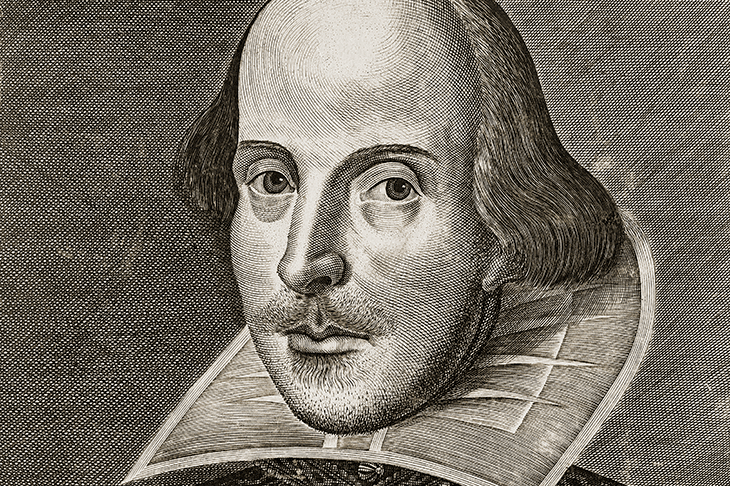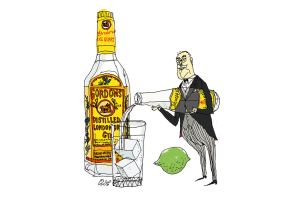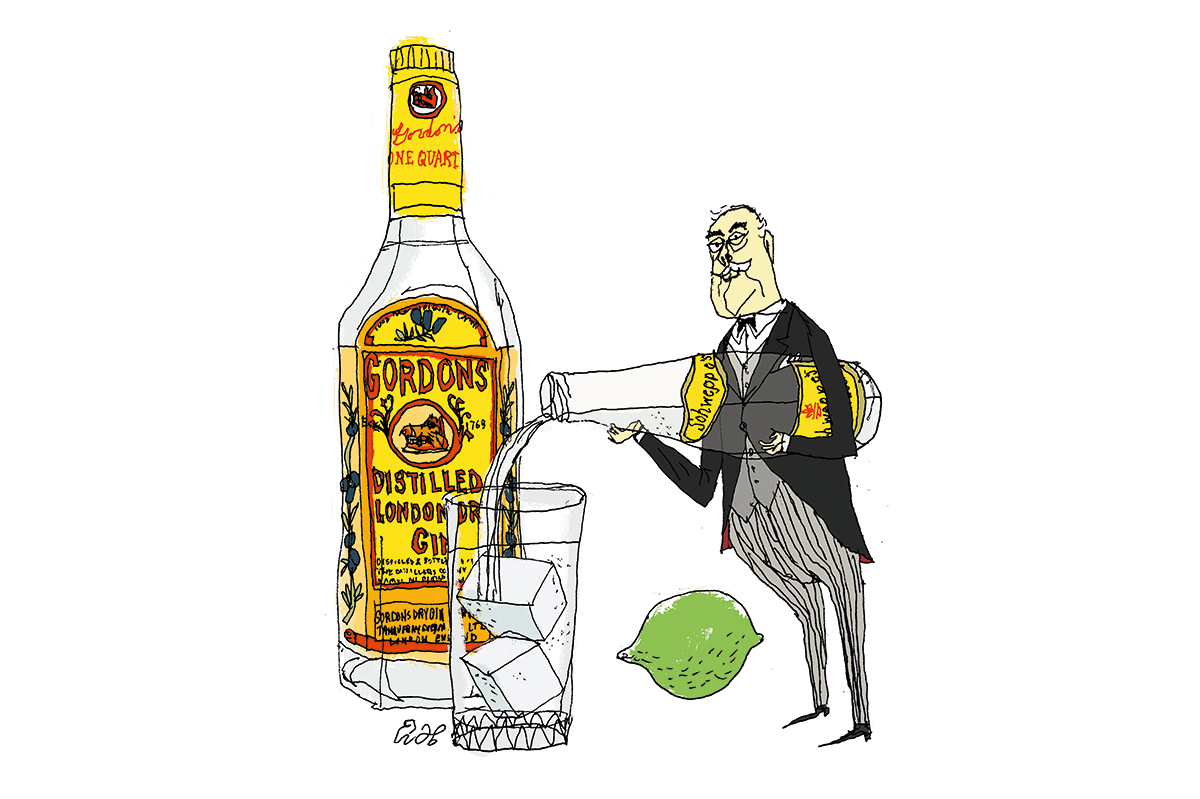Shakespeare’s first biographer was the gossipy antiquarian John Aubrey, who famously described the playwright as ‘not a company keeper’. It has long been tempting to see him this way: Shakespeare the aloof genius, almost divine. There’s something chilly in this vision, and scholarly work on Shakespeare of the past few decades has increasingly tended to picture him in different kinds of company. Academic studies now routinely investigate Shakespeare as a member of a group of players, or trace his links to patrons, his family and his rivals. By now it is generally accepted that Shakespeare’s plays were collaborative; the scholarly squabbles are over how much and which bits of work his co-writers did. The lonely poet in his garret has been superseded by a man in the crowd.
Geoffrey Marsh’s diffuse yet fascinating new book discovers Shakespeare in a small cluster of streets at the foot of what is now the Gherkin, but was in the 16th century the parish of St Helen’s, Bishopsgate. Shakespeare’s name appears on a Lay Subsidy Roll for this parish in October 1597. This is a listing of all those liable for tax, and it reveals that Shakespeare must have lived here in the mid-1590s. This record has long been known to biographers, but Marsh’s book is the first to dig deeply into all the other names alongside Shakespeare’s. The parish was ‘a thriving, wealthy, bustling community of perhaps 550-650 people’, writes Marsh: ‘It was full of wealthy merchants, textile traders and leatherworkers, with a scattering of MPs, gentry and artists.’ These were Shakespeare’s neighbors, who lived and worked around him as he wrote Romeo and Juliet, A Midsummer Night’s Dream and The Merchant of Venice.
There’s a lot of fun in this. Living in a grand house opposite Shakespeare was Sir John Spencer, the Lord Mayor of London, who was a cartoonishly villainous figure. He kidnapped his own daughter when she refused to marry a man of his choosing, and on his tombstone in the parish church is a statue of the daughter, kneeling but facing away from him. Another neighbor was a doctor who specialized in female sexuality and hysteria, and gave medical testimony at witchcraft trials. There were musicians and milliners, skinners, poulterers, traders in furs. People die of the plague. Some of this gets a little Blackadder-like, which is the usual curse of trying to describe Elizabethan London, and which is not helped by the discovery that Shakespeare’s parish priest was named John Oliver, like the comedian and television host.
One might object that this is trivia, and only of interest to the kind of person who deeply wants to know the name of Shakespeare’s landlord (John Hatton, probably). But the trivia is the point. On the Lay Subsidy Roll, Shakespeare is assessed at the same value as a court musician and a doctor. He is just below the men of the grand livery companies, the mercers and the grocers; he is richer than a plumber but poorer than a skinner. This gives us a snapshot of Shakespeare’s life and a moment of wider economic change, in which the old structures are shifting. St Helen’s parish was first constructed around a priory, but at the dissolution of the monasteries the church lands were seized by the crown, and the old priory hall passed into the possession of the Leathersellers’ Company. This is, Marsh suggests, why Shakespeare might have decided to live there. His father was a glover, and he would have known men in these trades.
The profession of playwright didn’t exist when Shakespeare was born. Seeing him this way, in a world of work and of workers, might help us to revise some of the sentimental stories we tell about the sweet swan of Avon. But this portrait of Shakespeare’s London has a romance of its own. His neighbors were immigrants, who had fled the sacking of Antwerp and the St Bartholomew’s Day massacre in Paris. In Elizabethan English, these were called ‘strangers’, and, like them, Shakespeare had been born elsewhere and came to London to make his fortune.
Living with Shakespeare is filled with riches, some of them tantalizingly undeveloped, many of them hidden away in the 100 pages of appendices at the end. In Appendix 9, Marsh explains the context around two names on the tax listing: Poley and Maunder. These were government agents, small-time players in the Elizabethan underworld of spies and counter-spies, involved in the arrest and possibly murder of Christopher Marlowe, who was Shakespeare’s great predecessor and rival. A whole novel suggests itself here, or a terrible TV series: young Shakespeare among the spies and surgeons in a changing London. That is not the story Marsh is telling, but without his work — diligent, precise, oddly irresistible — we would not have it at all.
This article was originally published in The Spectator’s UK magazine. Subscribe to the World edition here.

























